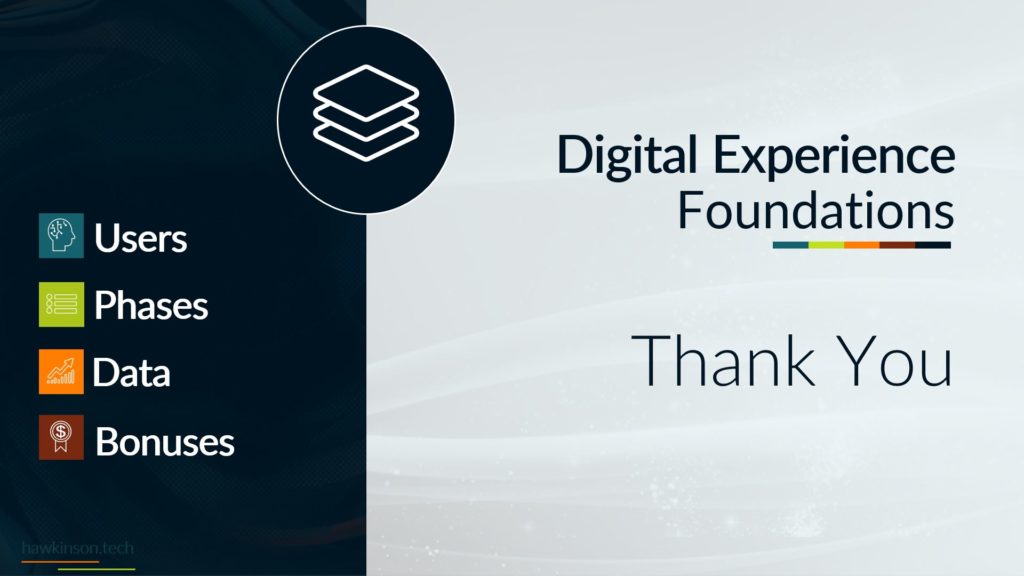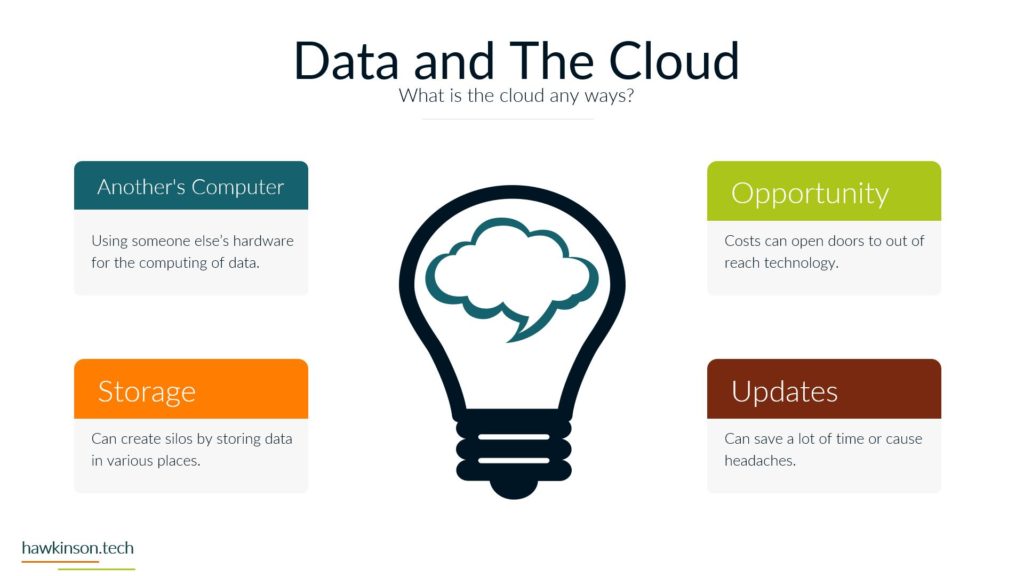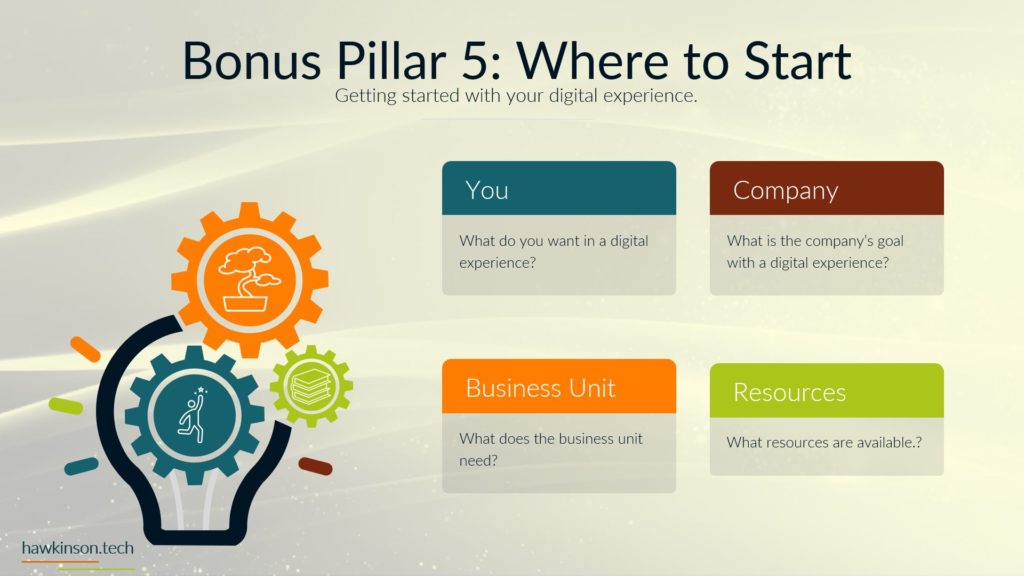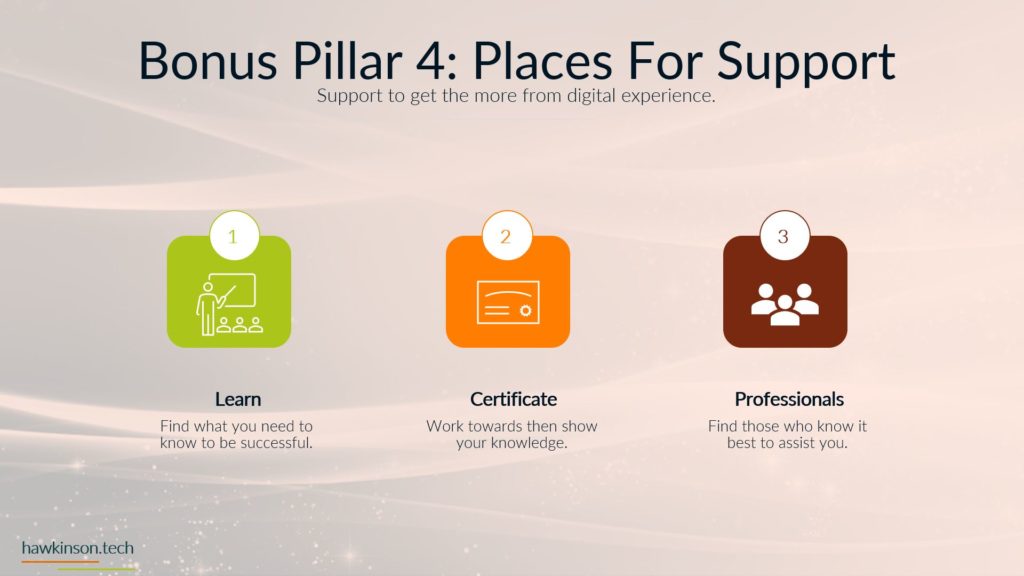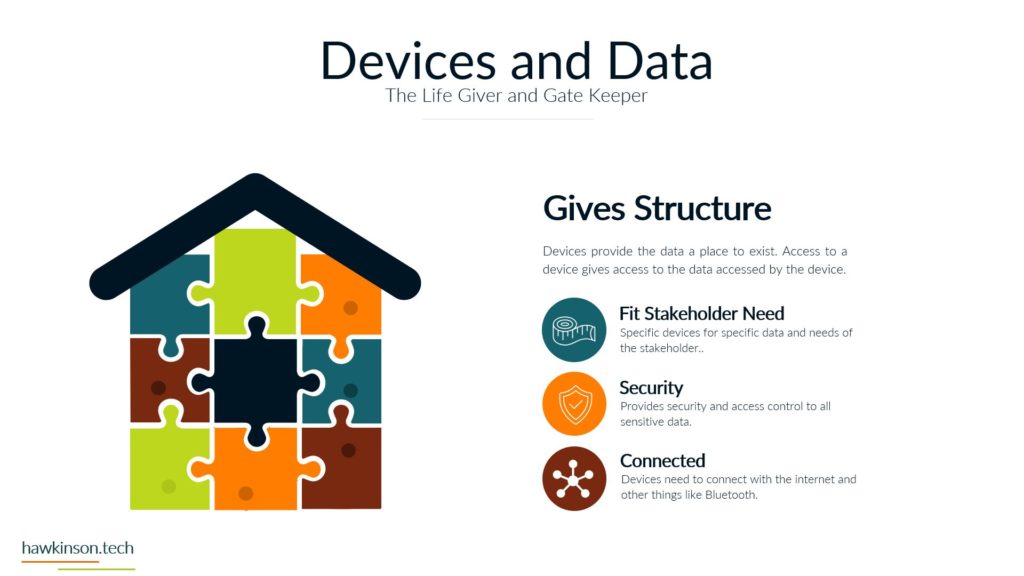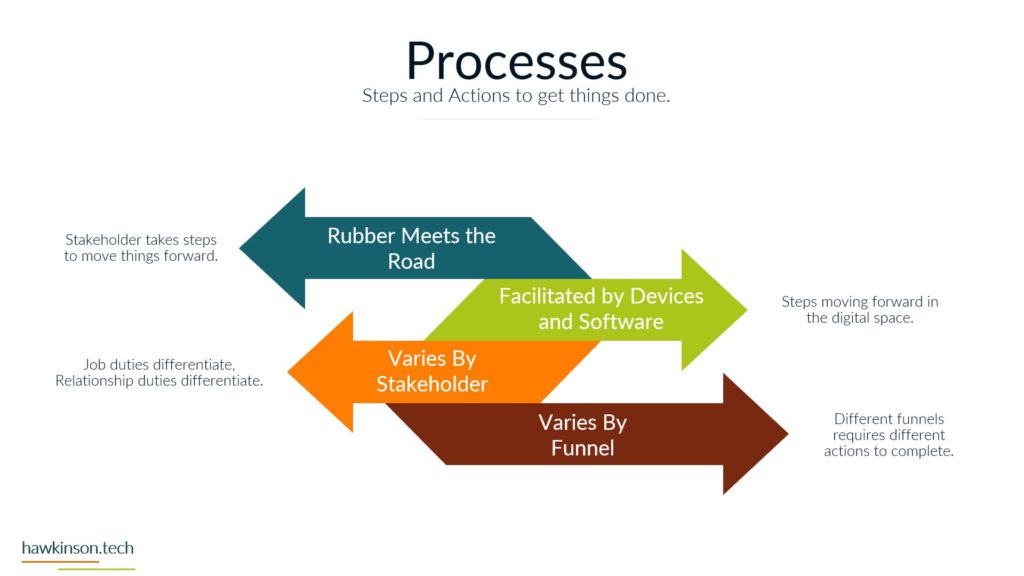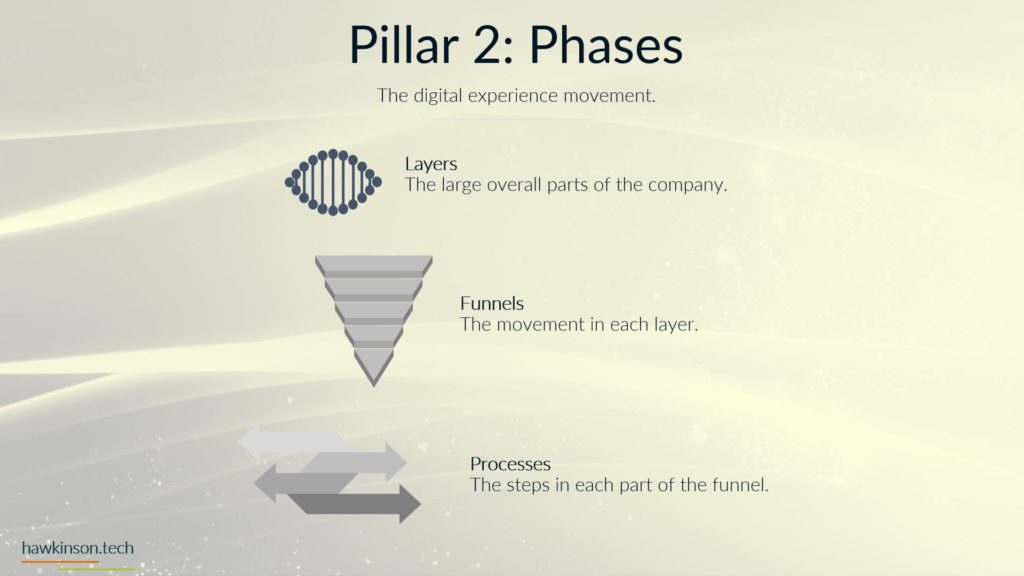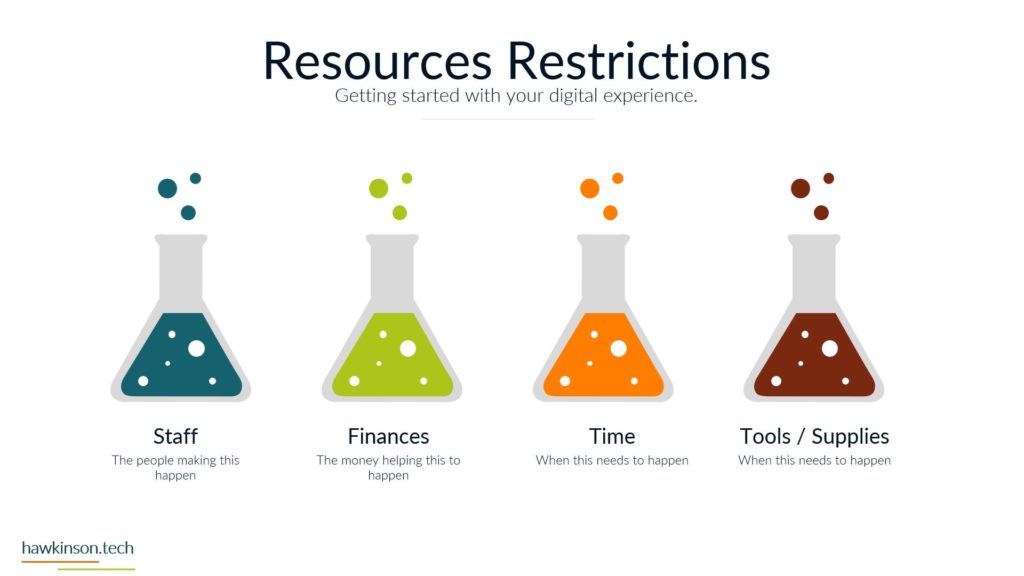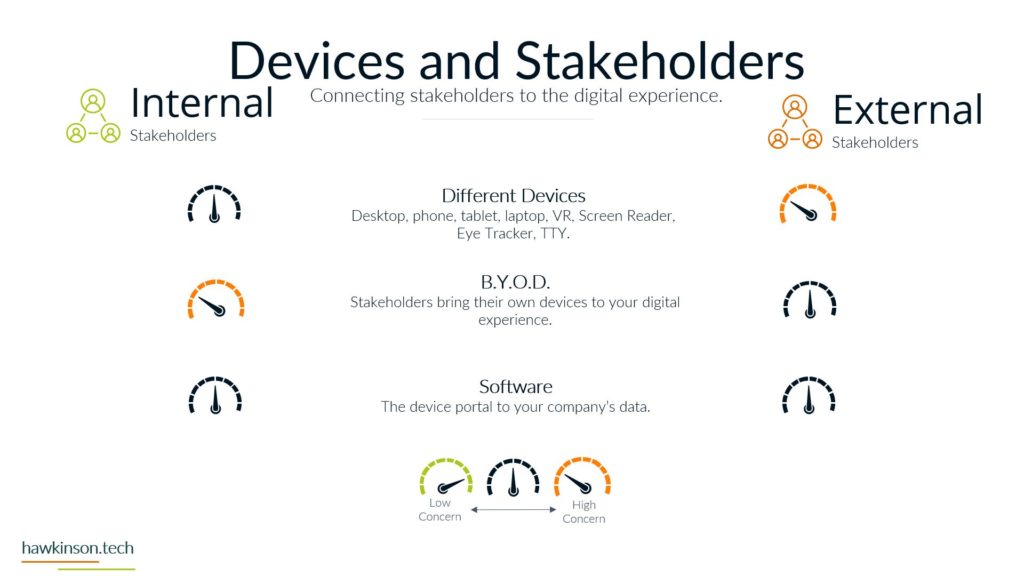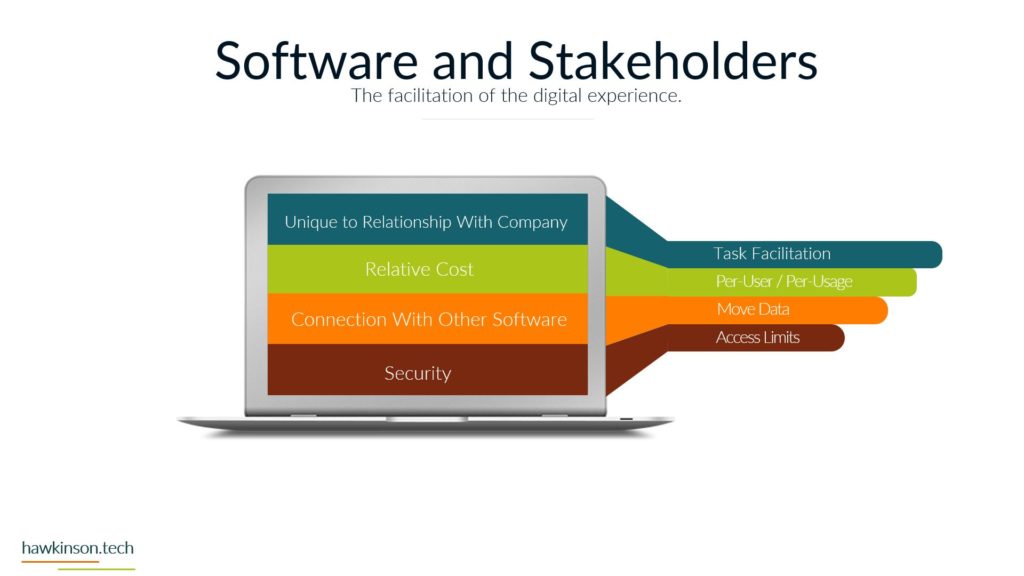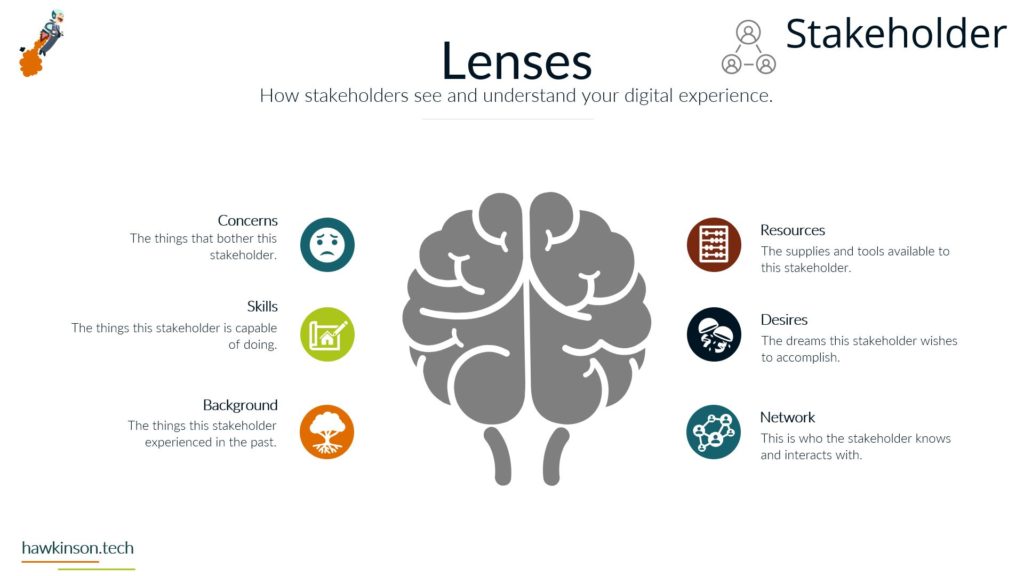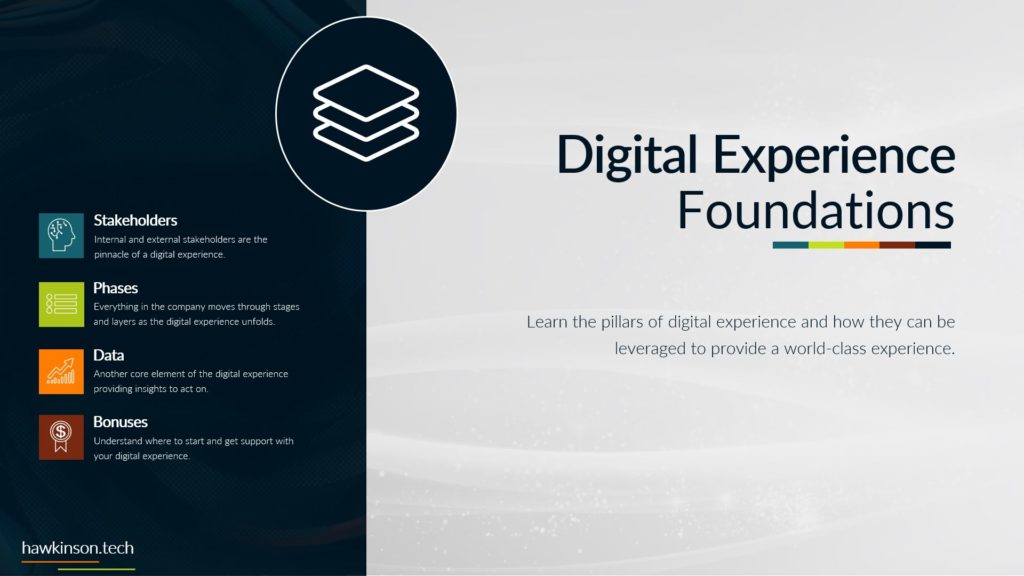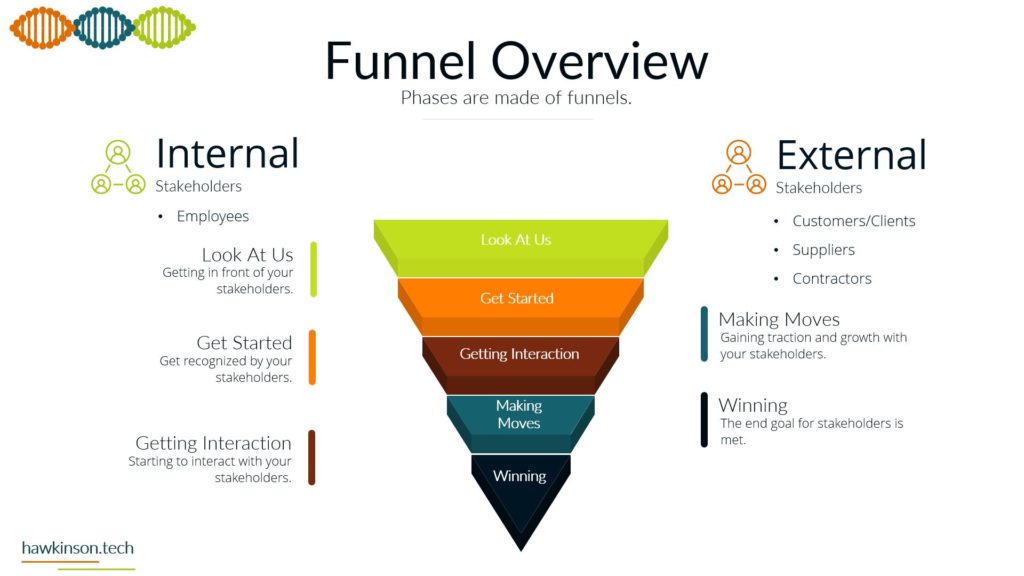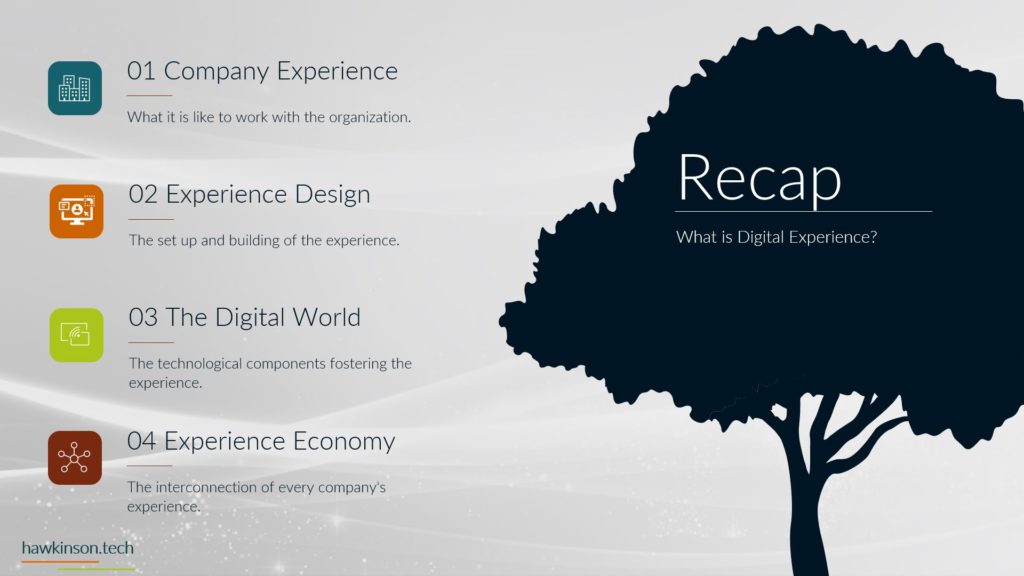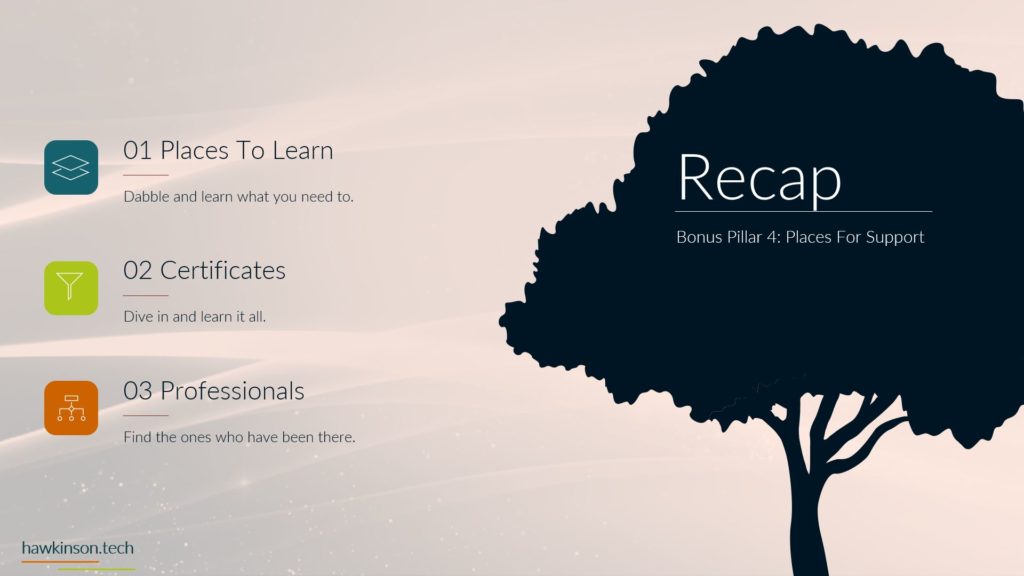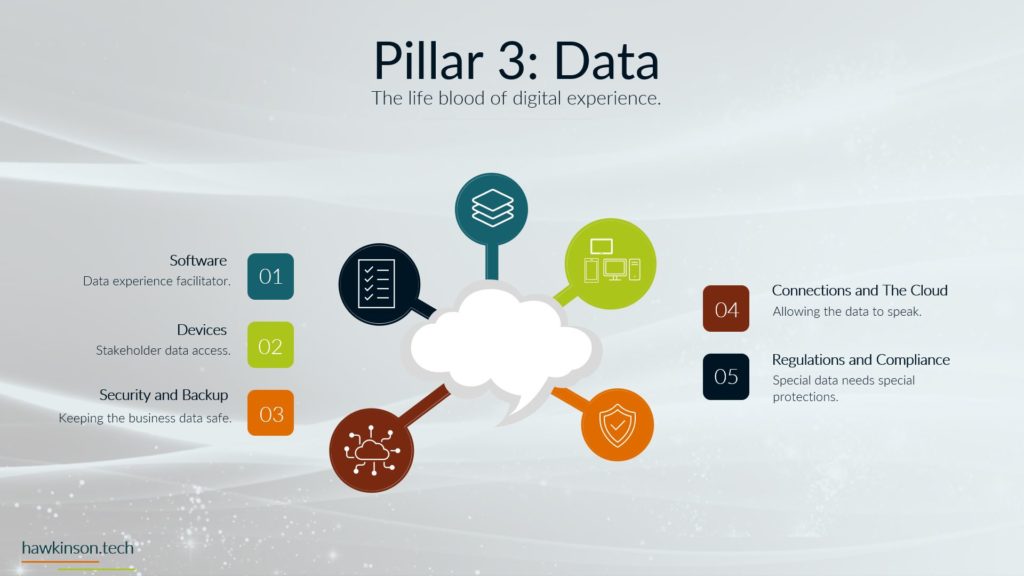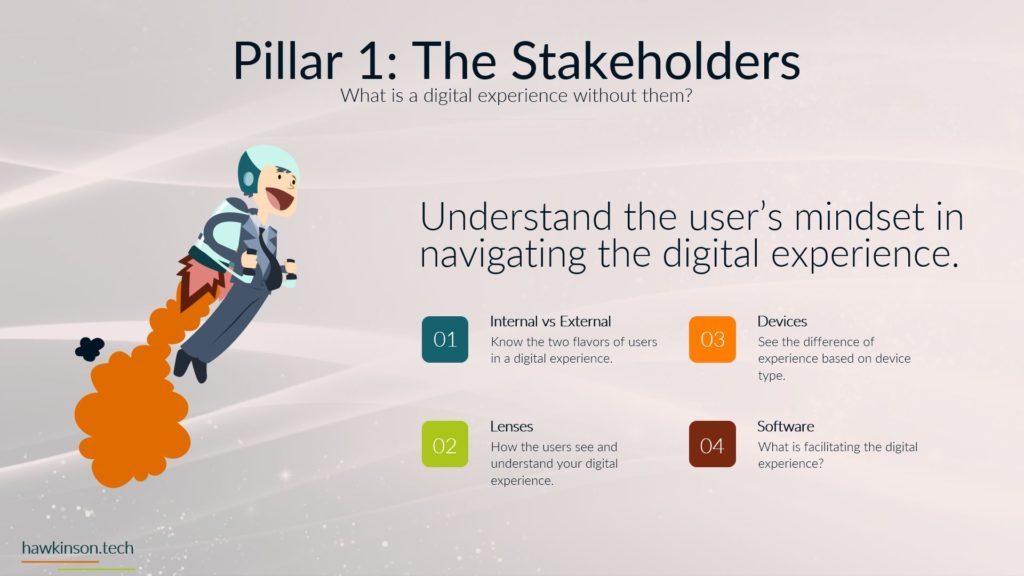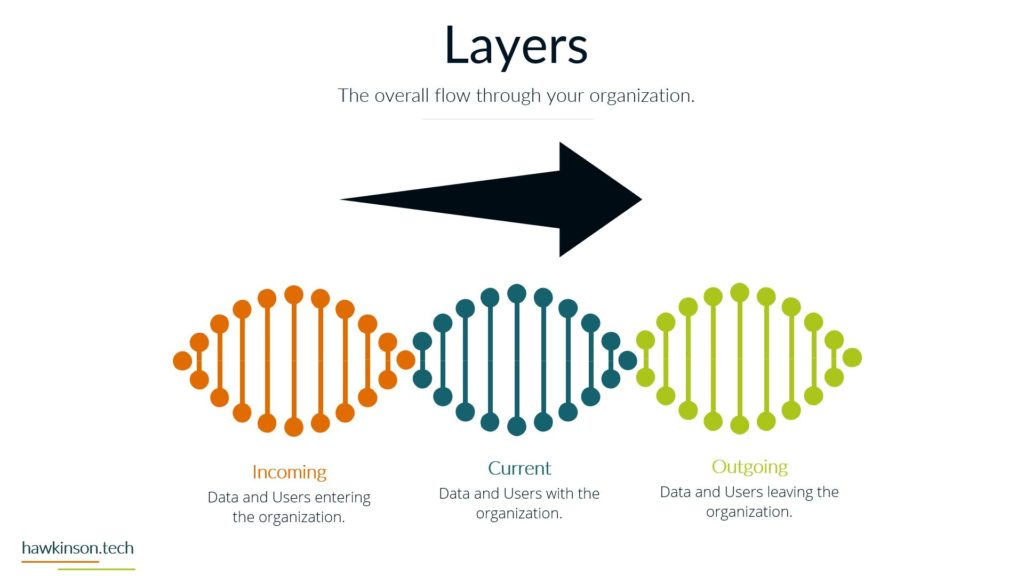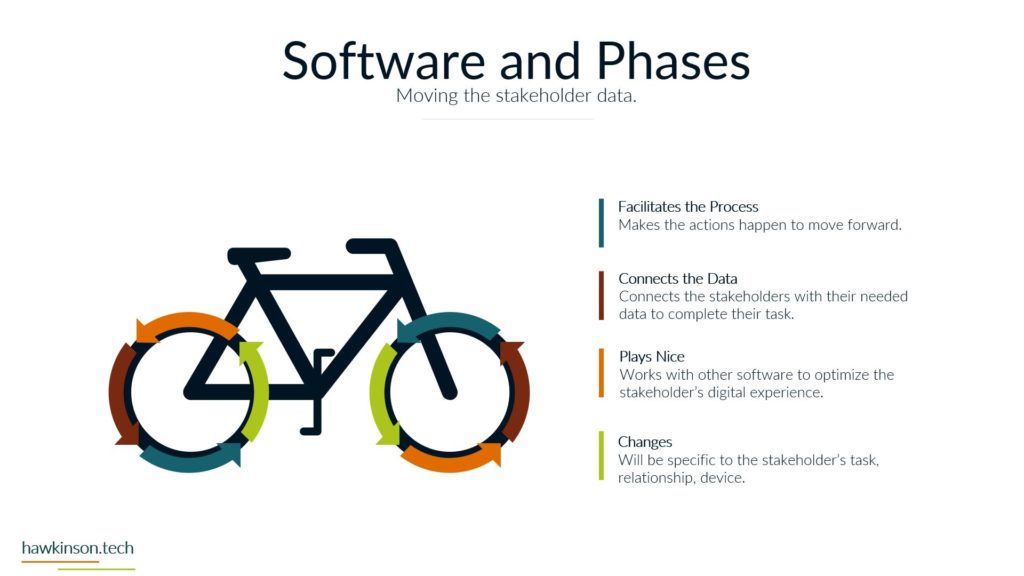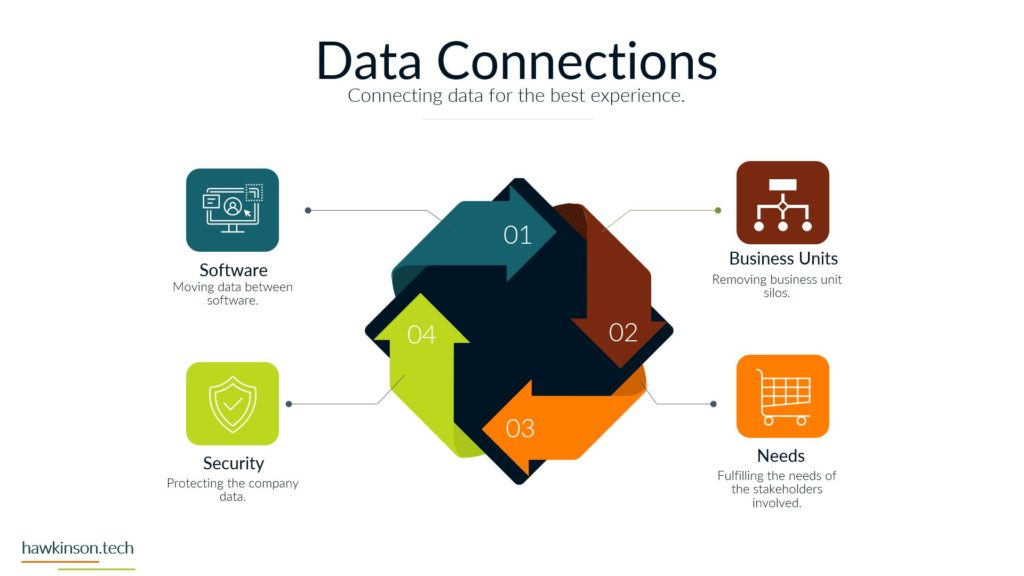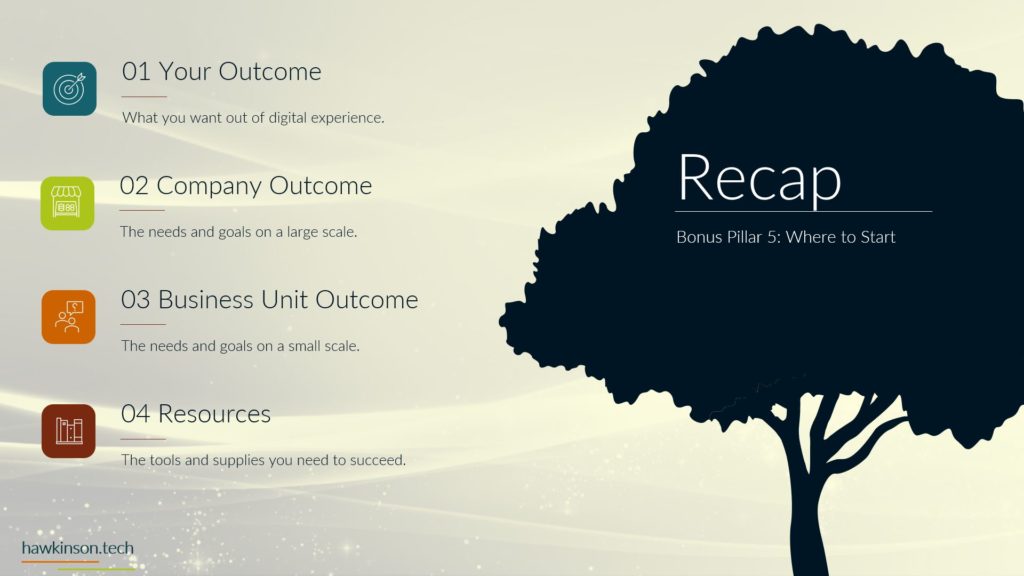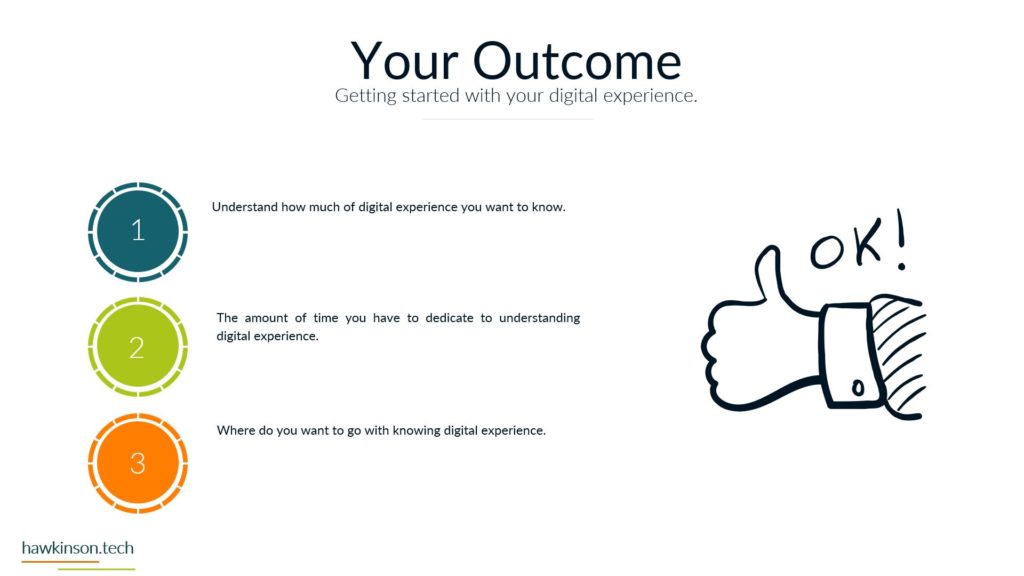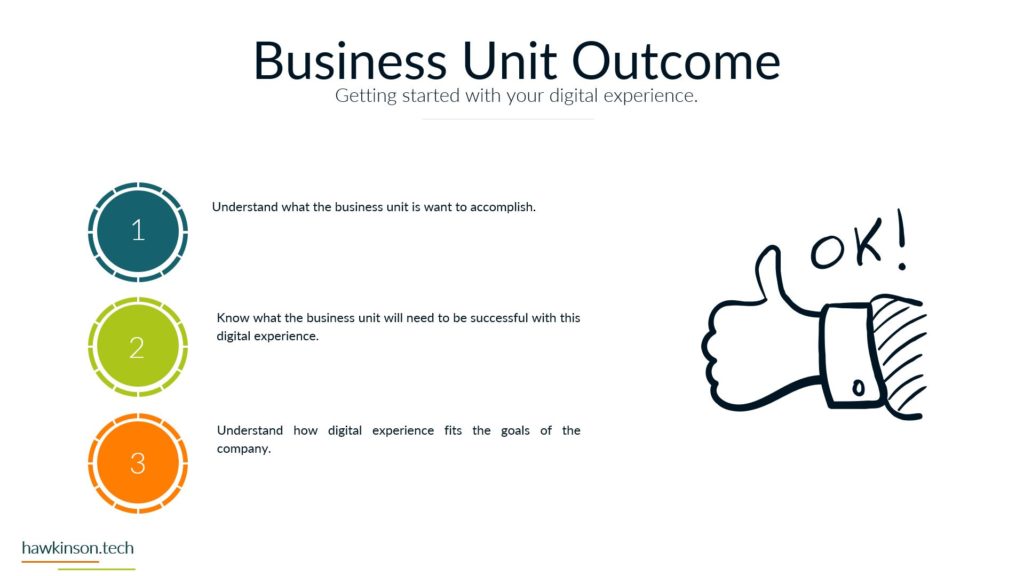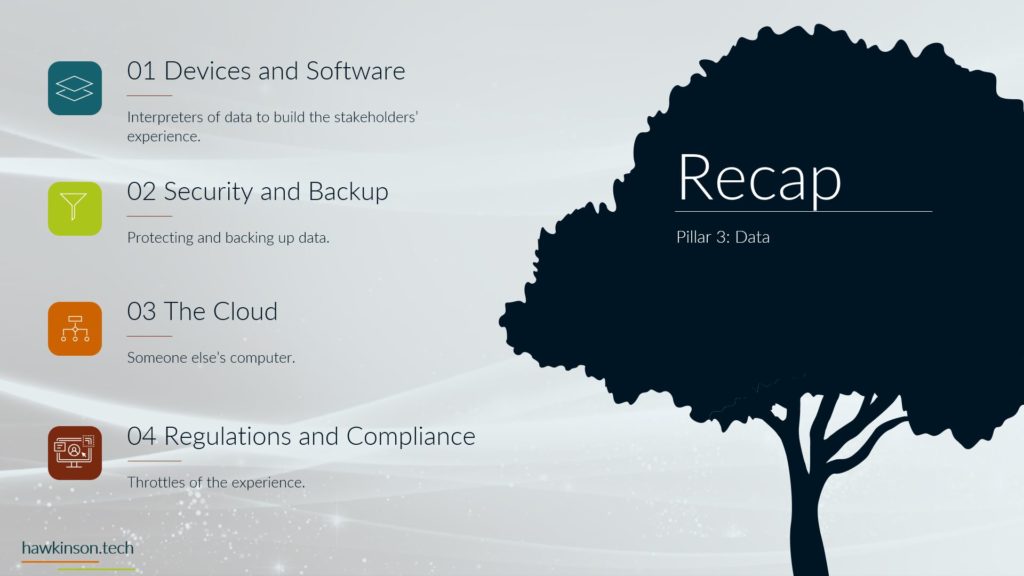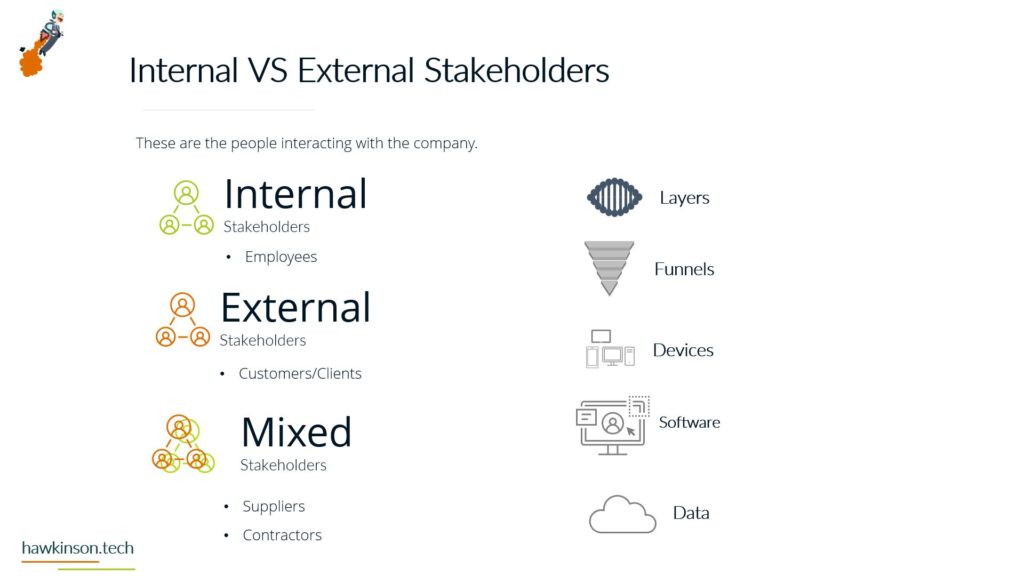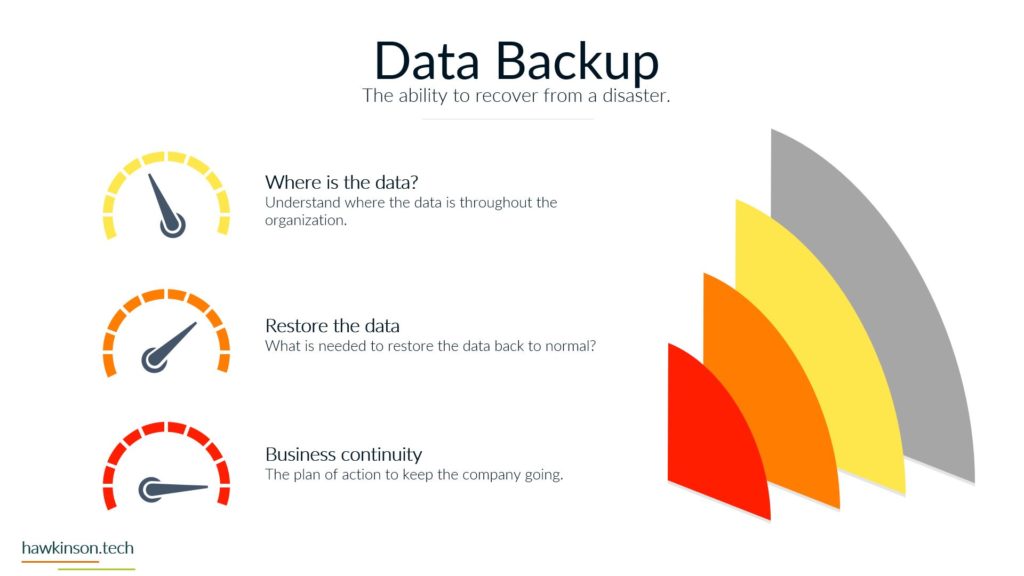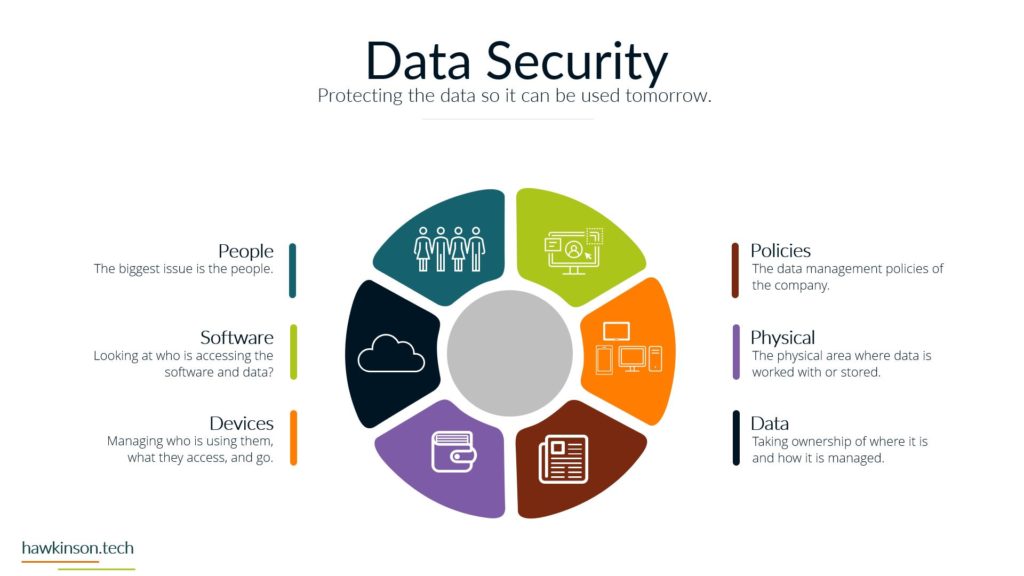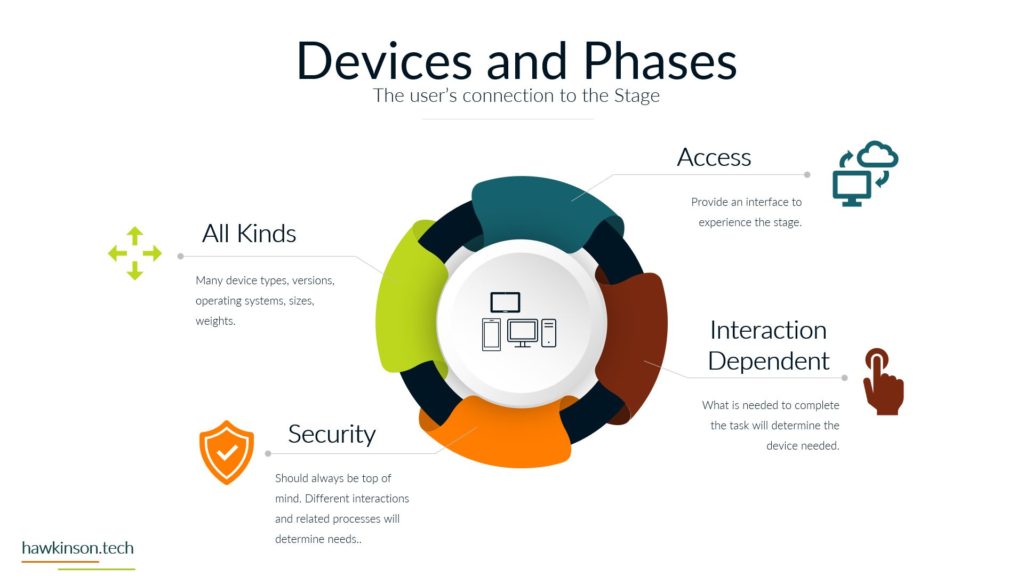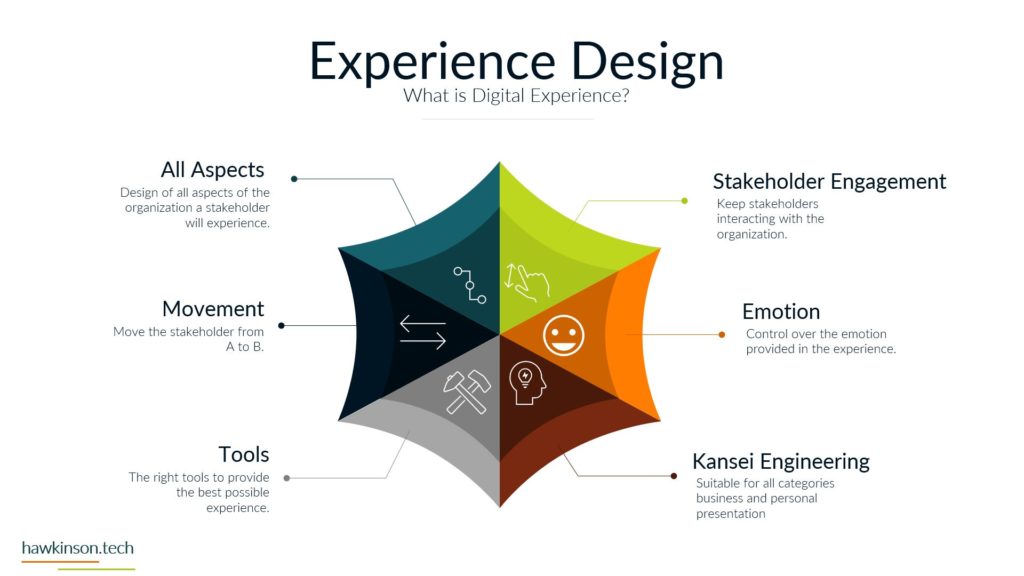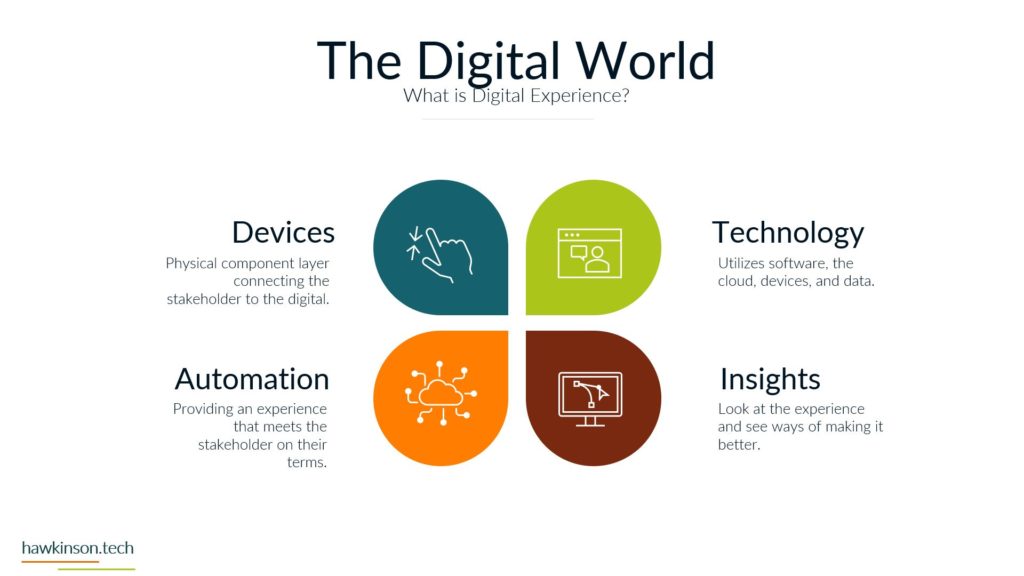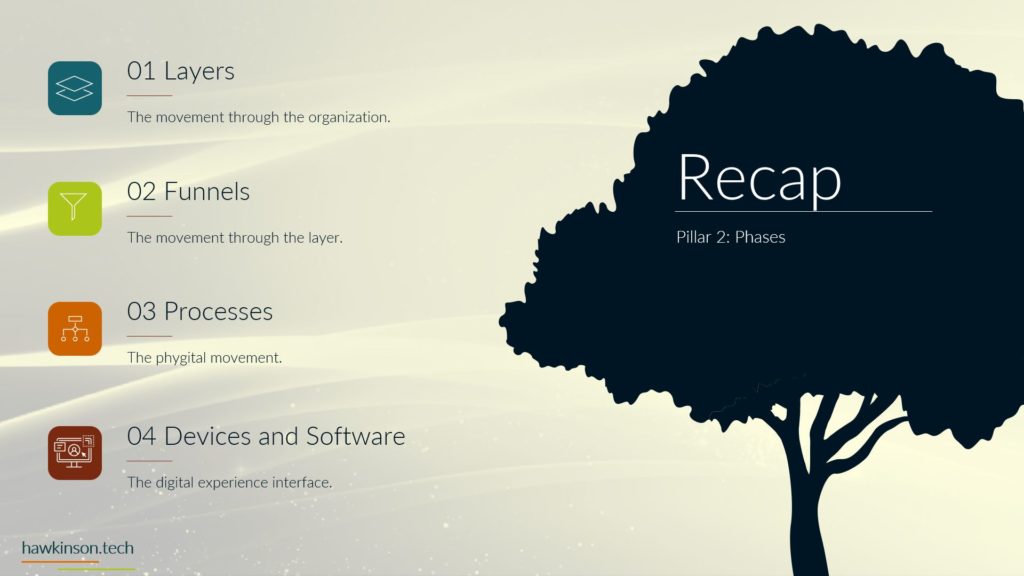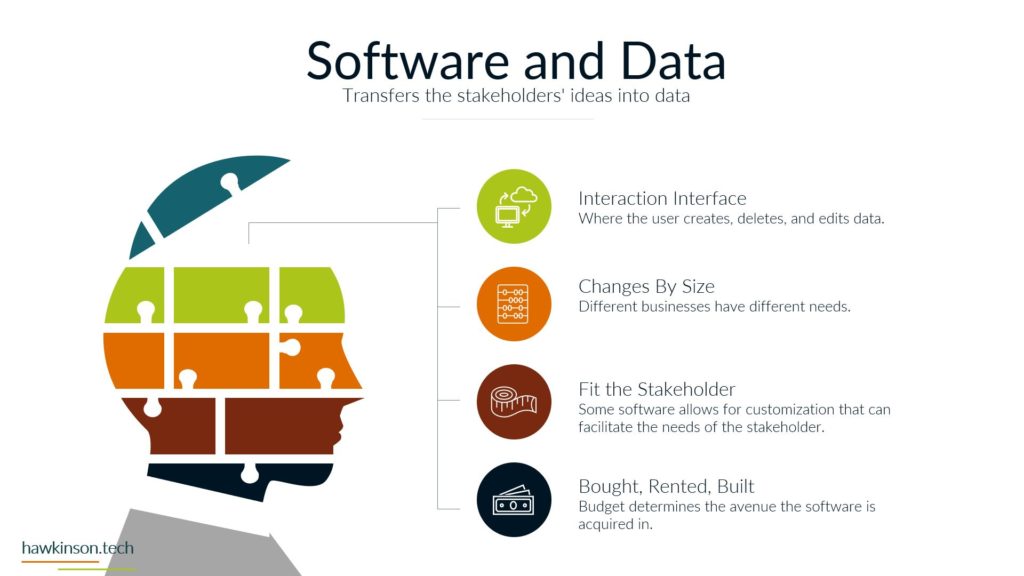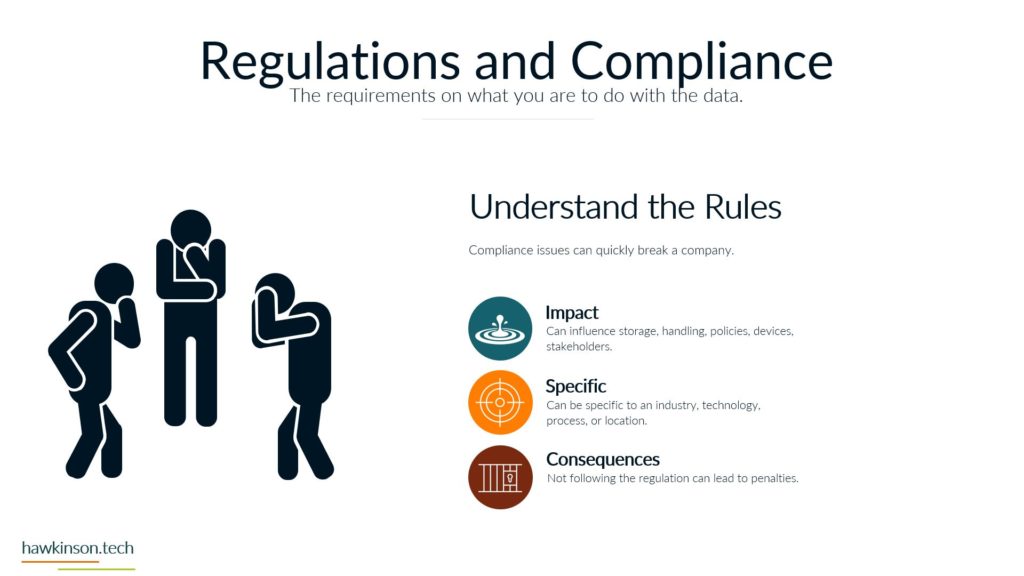This section looks at the cloud and what it means for data in a digital experience.
Digital Experience | Pillar 3 Data | Lesson 6 Data and The Cloud
Follow Me Elsewhere:
Play Video
Play Video
So now let’s talk about data and what it means for it to be in the cloud or what the term the cloud means. It’s a relatively new, newer term, I should say, just as everything is moving into more and more of a digital space. So one of the first things when looking at the cloud is it’s technically using somebody else’s computer. So it’s not like there’s things up in the clouds that are housing. Different pieces of data, essentially there’s connections through the Internet that allow the use of somebody else’s servers or somebody else’s hardware. Means that different pieces of data, or even software altogether is essentially running on somebody else’s computer. So this is true. Anytime you have to log into a web browser and access any of the applications that you can get through that browser, it means that it’s on somebody else’s computer and you essentially are getting the least. Access to that computer to work with the software and access it the way that you need to. One of the great things about the cloud is the opportunities that it can open up. In some cases some software or building out some software can be very costly, can be very cost prohibitive for a company to use it. But by using the cloud and the companies that are hosting that software being able to allocate some of their cost and their cost structuring a bit different, but it means that. They can sell the software on a monthly basis that can then allow companies the ability to afford it and be able to use it. It also means that companies aren’t having to buy new updates of software and one big bulk every year. This is especially true for very large organizations where they’re having to license hundreds, even thousands of users. And that means that every year or every time they want to upgrade those systems, there can be quite a cost that comes involved with upgrading those systems. But by being able to kind of change it into this monthly leased model, it can make it a better opportunity and more affordable for these organizations to use the software. The other thing is it can be used for storage. So if you don’t want to save things, you know, kind of like around your office or on premise as it’s called, then you can use the cloud for storing that software elsewhere. Not only can that help to diminish silos because then others can have abilities to access it whereas in some cases. That might have not been the case before, but it can also set it up so that way anybody can access that data from anywhere. So then if you have users that are working from home, they can access the data. If you have users that are in the office, they can access the same data. If you have users that are in a completely different part of the world, they would still be able to have access to that data, do the things that they need to and accomplish the jobs that are assigned to them. Another great thing about the cloud. In using somebody else’s computer essentially or updates, as we were saying before, a lot of large organizations in an old software purchasing model would have to purchase software kind of every year or every so many years. That means that during the time from the time they purchased it to the time they go to do the upgrades, there’s likely changes and features. There might be security issues, although nowadays a lot of companies still release security features and updates. But by moving to the cloud and kind of leasing it and using this leasing model that it means that anytime the company makes an update to their software, it’s automatically updated. So there’s no longer this need to keep rebuying it year after year and using an outdated version at one point and then being able to upgrade to a new version. It means that users and stakeholders are constantly having the newest version of whatever software the organization is using. This can make a much better. Experience. It can diminish security issues. It can also just open doors for users to be able to use the latest and greatest, which in a digital world for attracting employees can be quite an ordeal. In some cases, some users might not want to work for companies where they have to go through and use outdated systems. Instead, they’re excited to work for companies that are offering them things state-of-the-art that they get to experience and work with on a daily basis. So now we’ve covered some aspects of the cloud and what that means. In the next section, we’ll talk about regulations and compliance and what that means for the experience and especially a digital experience.
Related Content
More Content
Discover five free tools that will take your email marketing campaigns to the next level. From AI-powered personalization to deliverability tools, these platforms offer features to optimize your email content, improve deliverability, and increase engagement. Whether
Content marketing involves writing and designing content to stand out from competitors. Read here to learn about the best tools for designing content.
Web content encompasses a range of post types to improve traffic. Hence, you must learn how to add custom post types to WordPress. Read here to find out.
Email marketing is a versatile and effective strategy that can be applied across industries to engage customers, drive sales, and build relationships. This article explores the application of email marketing in industries such as retail, healthcare,
Uncover the transformative fusion of company experience and the digital world. Delve into the intricacies of this convergence, exploring its immense potential for organizations. Discover the influence of geolocation, societal norms, and stakeholder dynamics on company
This article explores the importance of experience design in creating exceptional digital journeys for stakeholders. It covers various aspects of experience design, including customization and personalization, stakeholder engagement and retention, emotion-driven design, Kansei engineering, tools and
Join us on a journey through the digital landscape as we explore the pivotal role of software in shaping transformative digital experiences. From acting as an interaction interface to custom-built solutions, software is the invisible bridge
Gain insights into the pivotal role of stakeholder perspectives in shaping digital experiences. Understand the significance of stakeholders’ concerns, skills, backgrounds, resources, desires, and networks in designing effective digital interactions. Tailoring digital experiences to align with
